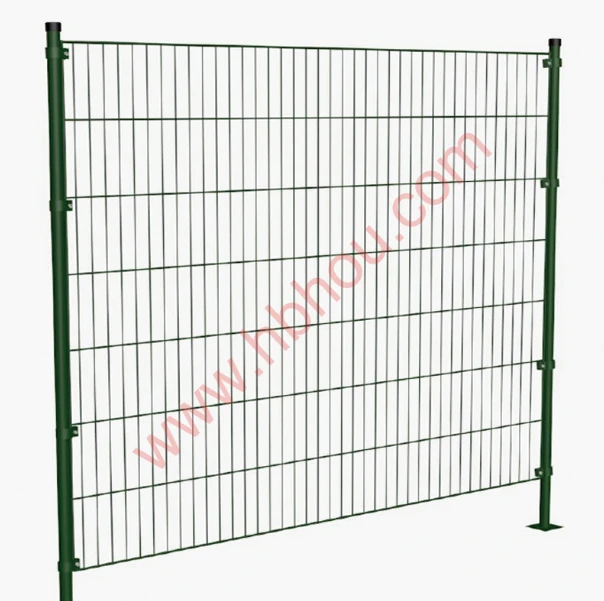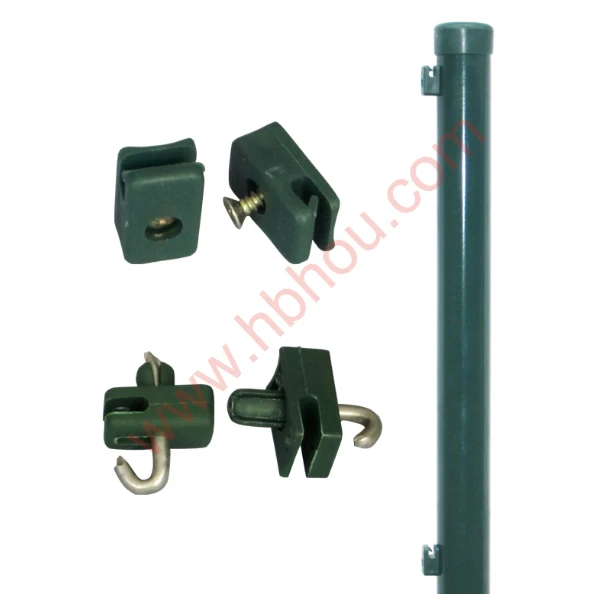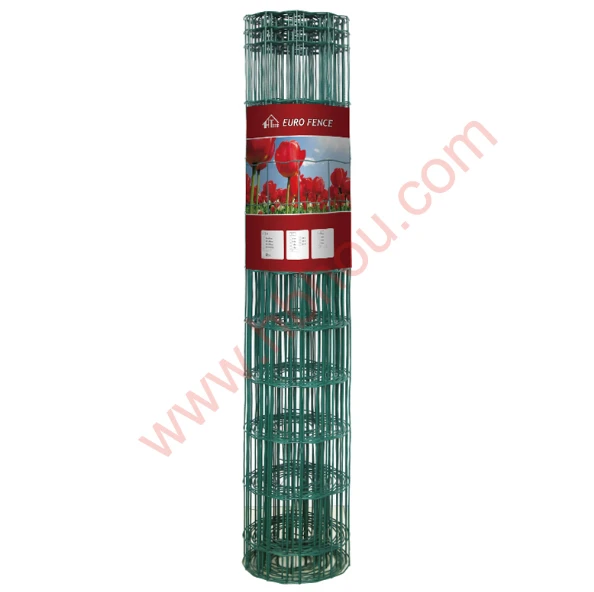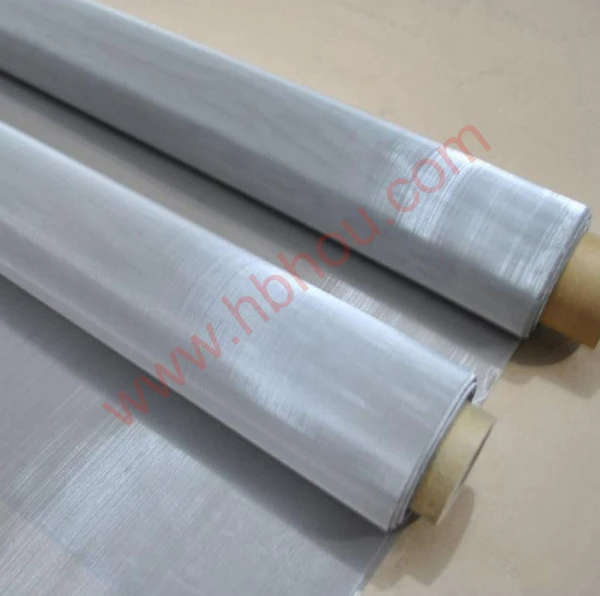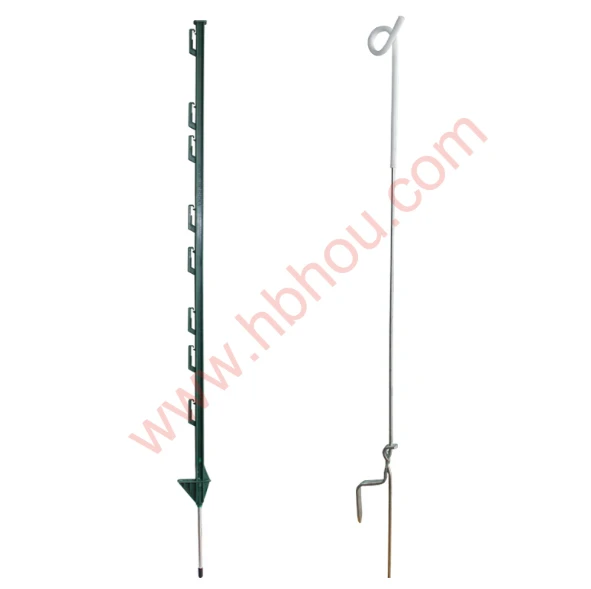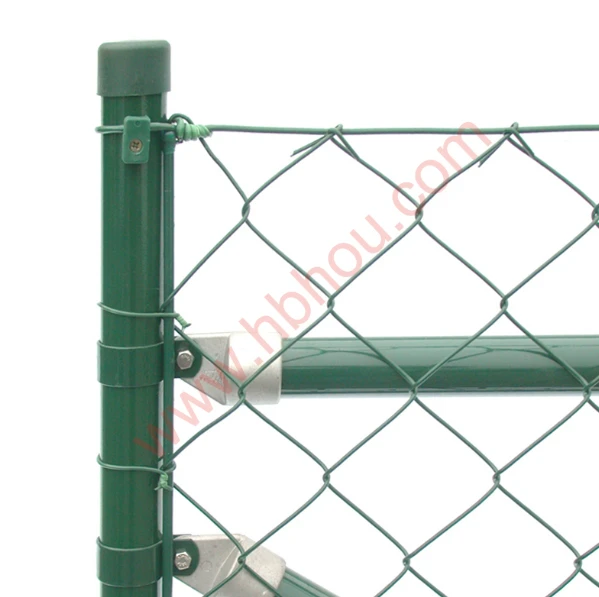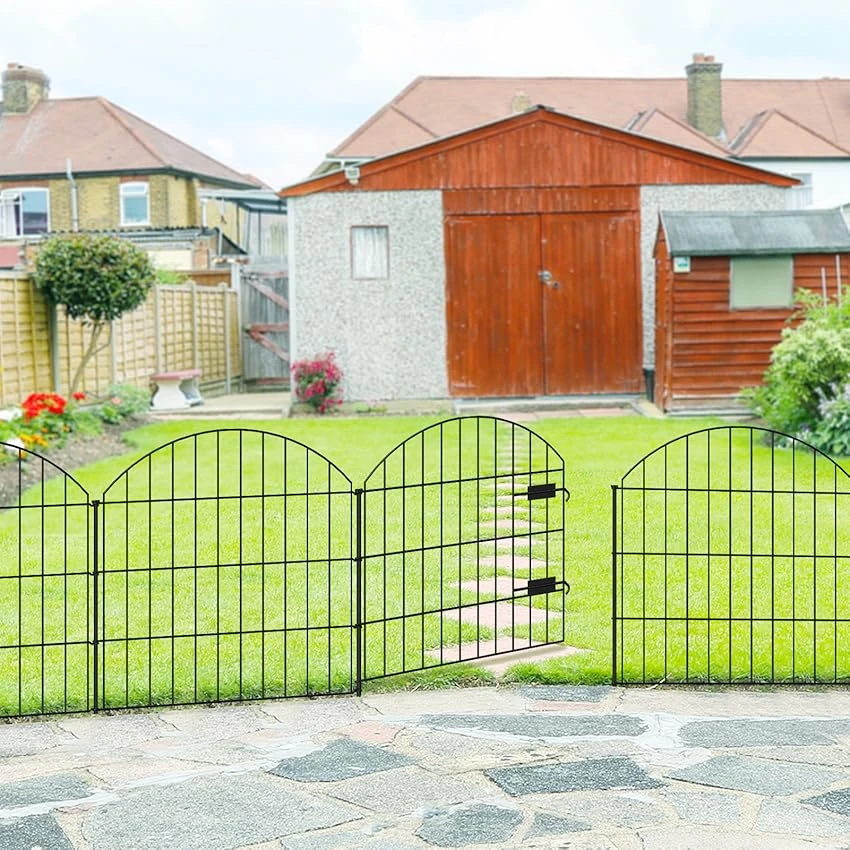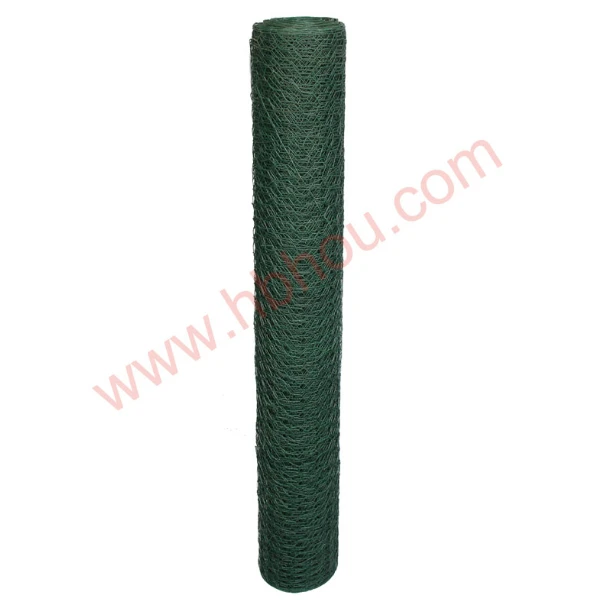The Importance of Plant Stakes and Supports in Gardening
Gardening is an art that requires not only creativity but also a solid understanding of plant biology and environmental conditions. One essential aspect of plant care that often goes overlooked is the use of plant stakes and supports. These tools play a crucial role in ensuring that plants grow healthy, strong, and upright, especially as they reach maturity or bear heavy blooms or fruit.
Why Use Plant Stakes and Supports?
Plant stakes and supports are beneficial for various reasons. Firstly, they provide stability to plants that may struggle to stand upright due to their height, heavy flowers, or fruit. For instance, tall flowering plants like sunflowers, hollyhocks, and delphiniums often need extra support to prevent them from bending or breaking in strong winds or heavy rains. By securing these plants with stakes, gardeners can promote vertical growth, allowing these flowers to thrive in their intended form.
Secondly, stakes and supports help to maximize sunlight exposure. Plants that are standing upright can access more sunlight, which is critical for photosynthesis. This is especially important in crowded gardens where competition for sunlight is fierce. By using supports, gardeners can optimize light distribution, ensuring that even the lower leaves of a plant can reach sunlight.
Moreover, supports are essential in preventing disease. Plants that are lying close to the ground are more susceptible to soil-borne diseases and pests. Elevating plants through staking encourages air circulation around the stems and leaves, reducing humidity and thus minimizing the risk of fungal infections. This is particularly significant for crops like tomatoes and peppers, which are notorious for developing blight when left unsupported and in contact with wet soil.
Types of Plant Stakes and Supports
There are various types of plant stakes and supports available, each suited for different plant types and garden styles. Common stakes include wooden, bamboo, metal, and plastic options. Wooden stakes are often favored for their natural look, while metal stakes offer durability and resistance to the elements.
plant stakes and supports
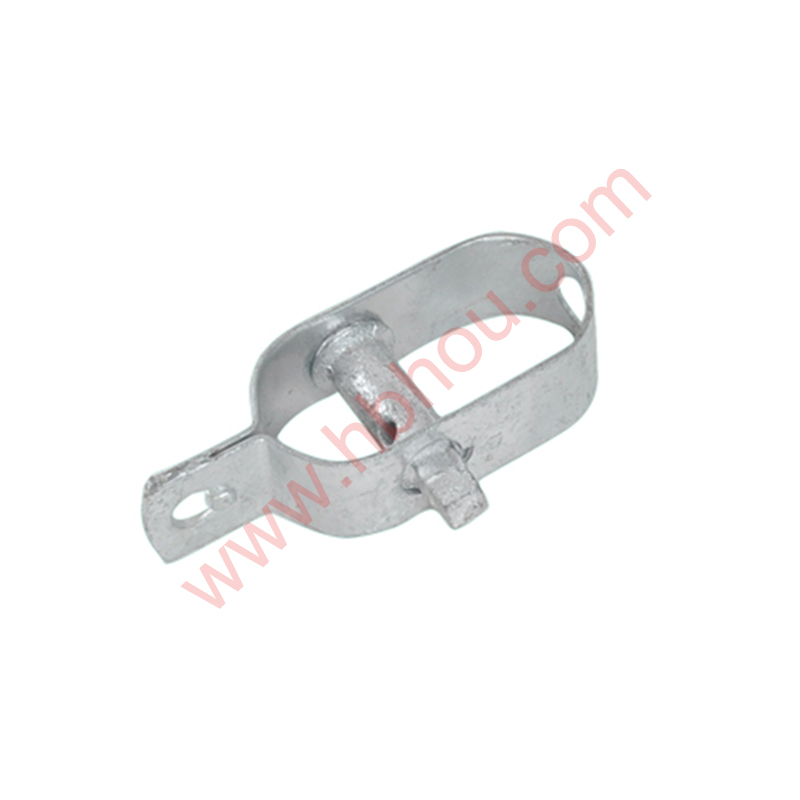
Cages are another popular supporting technique, especially for vegetables like tomatoes. Tomato cages are designed to encircle the plant and provide all-around support as it grows. Similarly, trellises are great for climbing plants such as peas and beans. They allow these plants to grow upward, saving space and creating a visually appealing garden.
In addition to these, there are also soft ties and cloth tapes available to gently secure plants to stakes without causing damage. These materials allow for growth and movement without constricting the plant. Using the right type of support can significantly improve the health and productivity of your plants.
Best Practices for Using Plant Stakes and Supports
When using stakes and supports, it’s essential to start early. Ideally, you should install supports when the plants are still young and manageable. This practice prevents root disturbance and ensures that the stakes can bear the plants’ weight effectively as they mature.
Another important consideration is the proper placement of stakes. Stakes should be inserted into the ground carefully, typically on the side opposite to the main wind direction to provide optimal support. Additionally, as the plant grows, re-adjusting ties and supports will help accommodate their expanding size.
Lastly, always consider the aesthetics of your garden. While functionality is crucial, the stakes and supports should blend harmoniously with the overall design of your garden. Opting for decorative supports can enhance the visual appeal while still providing the necessary support.
Conclusion
In conclusion, plant stakes and supports are vital tools for any gardener wanting to cultivate healthy and thriving plants. By providing stability, maximizing sunlight exposure, and reducing disease risk, these supports enhance plant growth and yield. With the right techniques and materials, gardeners can create a beautiful and productive garden. By recognizing the importance of these simple yet effective tools, we can ensure our gardens flourish year-round.









